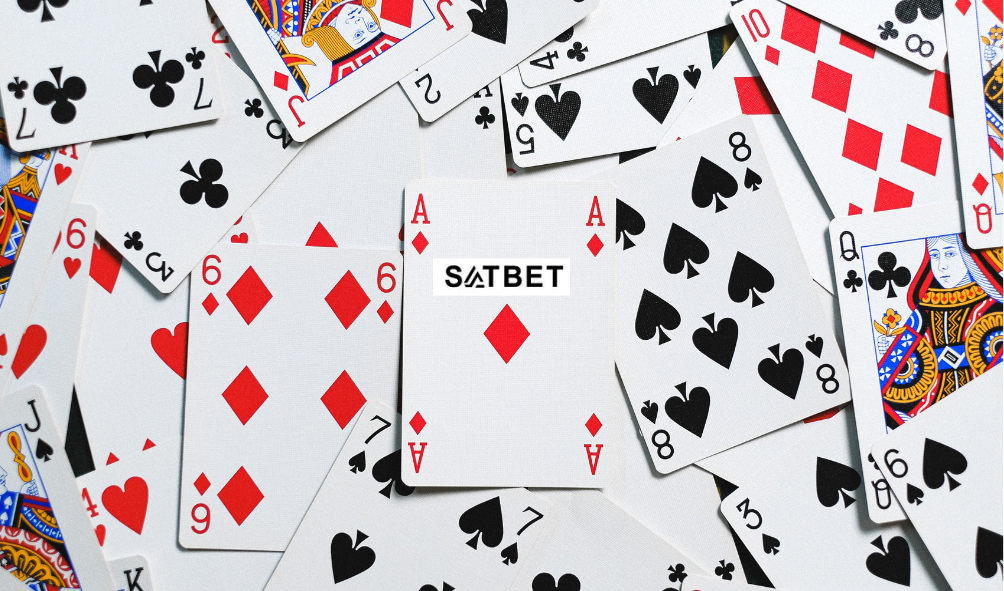Basketball is a dynamic and high-energy sport that requires speed, skill, and quick thinking. It is played around the world at both amateur and professional levels, with numerous leagues, competitions, and tournaments held every year. In this article, we will delve deeper into the history of basketball, the rules of the game, and some of the key techniques and strategies used by players.
History of Basketball
Basketball was invented in 1891 by Dr. James Naismith, a Canadian physical education instructor. Naismith was looking for a way to keep his students active during the winter months, and came up with the idea of a game that involved throwing a ball into a basket. The game quickly caught on and was introduced into schools and colleges around the United States.
Over time, basketball has become one of the most popular sports in the world. It has spawned major professional leagues and basketball stars who have become household names, such as Michael Jordan, Kobe Bryant, and LeBron James. Today, basketball is played by millions of people around the globe, and is enjoyed by fans of all ages and backgrounds.
Rules of Basketball
Basketball is played on a rectangular court with two baskets at opposite ends. The goal of the game is to score points by throwing the ball into the opponent’s basket while preventing them from doing the same. The game is governed by strict rules that outline what constitutes a foul, what kind of shots can be taken, and how long each game lasts.
Some of the key rules of basketball include:
- Scoring: Points are awarded whenever a team successfully shoots the ball into the opponent’s basket. The team with the most points at the end of the game wins.
- Fouls: Players cannot commit certain types of fouls, such as pushing, tripping, or striking an opponent. Fouls result in the opposing team being awarded free throws or possession of the ball.
- Timeout: Coaches can call timeouts to regroup and strategize during the game. Teams are allowed a certain number of timeouts per game.
- Time limits: The game is divided into four quarters, each lasting 12 minutes in professional leagues. A shot clock is used to limit the amount of time a team can hold onto the ball before taking a shot.
Bet on basketball at Rajbet https://rajbet1.in/. www rajbet com – India’s best bookmaker with top bonuses
Techniques and Strategies
Basketball requires a range of different techniques and strategies in order to succeed. Some of the most important of these include:
- Shooting: Good shooters are able to shoot the ball accurately from a variety of different angles and distances. This requires a combination of good technique, accuracy, and spatial awareness.
- Passing: Teams must be able to pass the ball effectively in order to move it up the court and create scoring opportunities. This requires good communication and coordination between players.
- Rebounding: Rebounding involves retrieving missed shots from the basket and regaining possession of the ball. Good rebounders must have good timing and positioning skills.
- Defense: Good defenders are able to anticipate their opponent’s moves and prevent them from scoring. This requires quick reflexes, good positioning, and the ability to react quickly to changing situations.
In addition to these skills, basketball players must also stay in top physical condition in order to play at a high level. Regular exercise, healthy eating habits, and sufficient rest are all key to maintaining the stamina and agility required to compete in basketball.
Conclusion
Basketball is a thrilling and engaging sport that requires a unique combination of physical and mental skills to succeed. It has a rich history and an enduring legacy, with numerous professional leagues, competitions, and tournaments held every year. Whether played at an amateur or professional level, basketball offers a fun and rewarding way to stay active, develop new skills, and connect with others who share a love of the game.
















